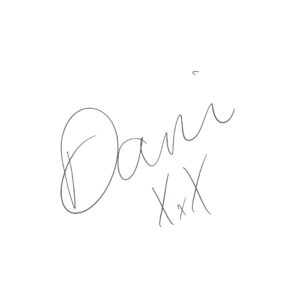I wanted to share with you some of the design and creation process that I go through to bring you each Vannucchi item of jewellery. This is from the origin of inspiration through to the final finished product that you all see.
A lot of work goes into each item and that’s why handcrafted items should cost more than mass produced and machine made products. It takes time, training and skill to navigate not only the design process, but also the making.
As there are so many parts to this process I thought I’d pop a blog together and give you a little glimpse into how I do what I do. I hope you enjoy your read.
Inspiration
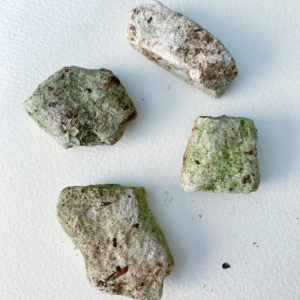 My design and creation process finds inspiration from normal everyday life, such as architecture, nature or fashion. I log shapes, textures and colours when they bring inspiration and catalogue them for future projects. You never know when inspiration might strike, so historically this might have resulted in a permanent sketchbook/notepad being carried around. Now the joys of technology we can log these things with a simple click of a phone/ camera lens, a digital pad for notes and sketches. Each creative is different in their approach to logging, but be sure there will be bundles of sources stashed away for when they get home, that rainy day or sleepless night they decide to bring their ideas to life.
My design and creation process finds inspiration from normal everyday life, such as architecture, nature or fashion. I log shapes, textures and colours when they bring inspiration and catalogue them for future projects. You never know when inspiration might strike, so historically this might have resulted in a permanent sketchbook/notepad being carried around. Now the joys of technology we can log these things with a simple click of a phone/ camera lens, a digital pad for notes and sketches. Each creative is different in their approach to logging, but be sure there will be bundles of sources stashed away for when they get home, that rainy day or sleepless night they decide to bring their ideas to life.
I often find myself most creative and receptive when out in the wild and love to embrace the smells, sounds, colours and sights around me. I sometimes collect small innocuous objects for reference and take multiple photos.
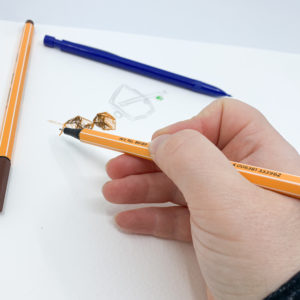 First Stage
First Stage
When I’m ready for a new project I take what I’ve gathered and sit down with a big mug of tea and doodle. This sometimes is without any clear aim and sometimes it has a definitive direction. Drawing out shapes in photos that I’ve taken, trying to imitate textures I’ve seen and felt, looking to contrast colours and textures for ultimate tactile and aesthetic impact. Often simplifying shapes down to simple line and finding the natural, even if somewhat irregular, geometry in them and seeing how this might translate into a piece of wearable art.
As I don’t believe in mass production, I work to build small collections and one of a kind creations that help to make my customers feel unique and individual. I believe that the things that inspire me and how I source that inspiration aids in the uniqueness of those projects.
My designs develop into physical play where I start to explore the different materials I want to use, seeing what I have available and what the desired aesthetic is. I explore the natural qualities of these materials and how they might compliment and enhance the designs. As much of my work uses precious off cuts from local sources I sometimes know I might only have enough of one type of wood for a single creation vs a collection. Grains and cuts can also impact how the materials are applied.
Second Stage
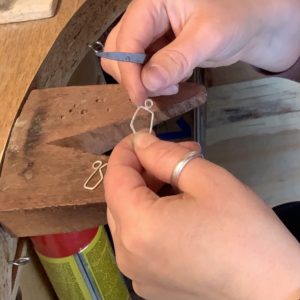 Through this next phase of design development I sometimes find that ideas need to be adapted. This can be because the materials need working in a certain manner, or because of a desired aesthetic, or other external factors.
Through this next phase of design development I sometimes find that ideas need to be adapted. This can be because the materials need working in a certain manner, or because of a desired aesthetic, or other external factors.
Time and experience have enabled me to see most difficulties that could arise before I start the build. This has meant I can, adapt, be more prepared and reduce waste. It also means that any excess time that might have been spent navigating difficulties is massively reduced. Sometimes however you get a surprise and the materials or equipment decide not to play ball and being a lone maker it is down to only you to get yourself out of that situation. This takes expertise that training and accumulative experience can bring.
The various skills and techniques I use within my work will be dependent on the materials and the design. For example, working with metals is very different to working with wood. They need to be strengthened and bonded in very different fashions, which can also impact the final appearance of a piece. An example of this is that with metal you might use solder to connect two pieces, whereas with wood you might use an epoxy bonding agent or a bit of traditional joinery.
Final Phase
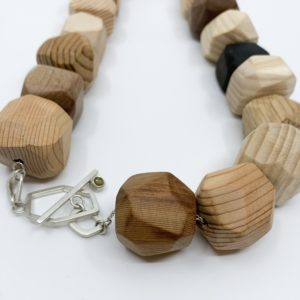 Once these decisions have been made and the building of the piece is well underway it enters into it’s final phase of creation. It goes through what I call ‘operation clean up’, which involves sanding, polishing and sometimes a lacquer or finishing agent to seal and protect the materials used. This is quite a time intensive part of the process, but is always worth the effort, as it ensures the high standard finish ready to present to the public. The finished piece is inspected for any final faults or potential problems and given the Vannucchi Quality Assurance seal of approval.
Once these decisions have been made and the building of the piece is well underway it enters into it’s final phase of creation. It goes through what I call ‘operation clean up’, which involves sanding, polishing and sometimes a lacquer or finishing agent to seal and protect the materials used. This is quite a time intensive part of the process, but is always worth the effort, as it ensures the high standard finish ready to present to the public. The finished piece is inspected for any final faults or potential problems and given the Vannucchi Quality Assurance seal of approval.
I like to get loads of photographs documenting the piece and ensure I’ve got plenty of images appropriate for the website and social media. These might be slightly different in their requirements and uses, so editing these can also be a time intensive process, however at this point the piece is complete and ready for its debut.
Summary
…..So that is a very quick low down of Vannucchi’s design and development process. As you can see there are lots of parts to the creative journey that an item of my handcrafted jewellery may go on. Its never fast and mass produced and is always made by myself and my hands. If you are interested in who I am, where I have come from and what makes me tick then please read the shared link here > Vannucchi Story.
Thank you for reading this and I hope its given you some enjoyable insight into how I develop your treasured Vannucchi jewellery.
WEDNESDAY 13th April 2022

